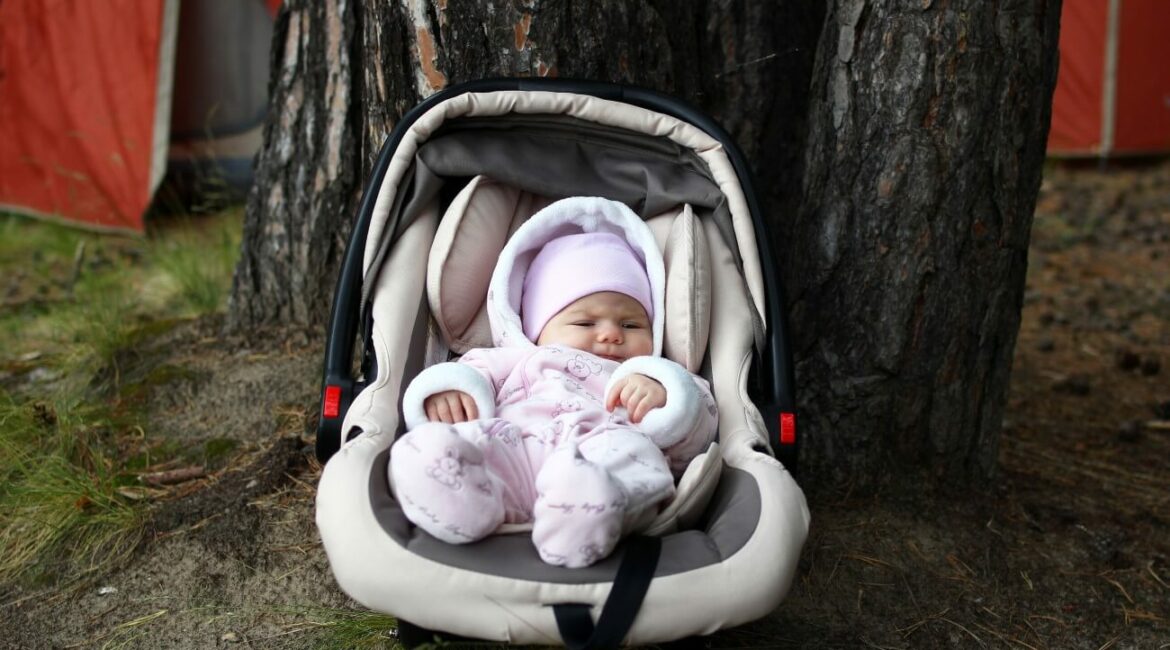It seems like just yesterday your little one was in a rear-facing car seat, and now they’re growing up and it’s time to think about the next step – transitioning to a booster seat. If you’re scratching your head wondering when and how to make this shift, I’ve got you covered.
1. Recognize the Right Time
Before diving into the ‘how’, let’s discuss the ‘when’. It’s not just about age. Here’s what you need to consider:
- Weight & Height: Consult your car seat’s manual. Most kids transition out of a car seat once they exceed the seat’s weight or height limit.
- Maturity: Can your child sit still without fidgeting or slumping for the entire ride? If not, they might not be ready for a booster just yet.
2. Choose the Right Booster Seat
Not all booster seats are created equal. Here’s what to look for:
- High-Back vs. Backless: High-back boosters are ideal for cars without headrests or with low seatbacks. Backless ones are portable and easier to move between cars.
- Fit to Your Car: Ensure the booster fits perfectly in your car. It shouldn’t wiggle more than an inch side-to-side or front-to-back.
3. Position the Seatbelt Correctly
The seatbelt should cross the middle of their shoulder (not too close to the neck) and lay flat across their upper thighs.
4. Make It Fun!
For some kids, transitioning can feel like a big-kid milestone. For others, leaving their car seat behind can be a little scary. Frame it as an adventure. Maybe let them pick out a booster seat with a design they love!
5. Safety First
Remember, the goal is always safety. Even if your child meets the minimum weight and height requirements for a booster, if they’re safer in a car seat, keep them there a little longer.
FAQs on Transitioning to a Booster Seat
- At what age do kids typically move to a booster seat?
Most kids transition between 5 and 7 years old, but it’s essential to go by weight, height, and maturity more than age. - How do I know if the booster seat is installed correctly?
The booster should sit flat on the vehicle seat, and the seatbelt should be snug, ensuring the child can’t wiggle free. - Can my child sleep in a booster seat?
It’s safe as long as the seatbelt remains correctly positioned. If they slump and the belt moves to their neck or face, it’s not safe. - What if my child refuses the booster seat?
It’s essential to communicate the importance of safety. Maybe involve them in the buying process, or use books and videos about transitioning to help them understand.
Growing up comes with its fair share of changes. Transitioning from a car seat to a booster seat is one of those pivotal moments. As you embark on this journey, remember that it’s about safety and comfort. You’ve got this, and your child will be cruising in their new booster seat in no time! Safe travels!
- Transform Your Health with Medford Medical Weight Loss Program - June 9, 2025
- A Chat with Nate and Mika, Christian Wedding Photographers - July 18, 2024
- Ultimate Guide To Playing Online Casinos - May 27, 2024









